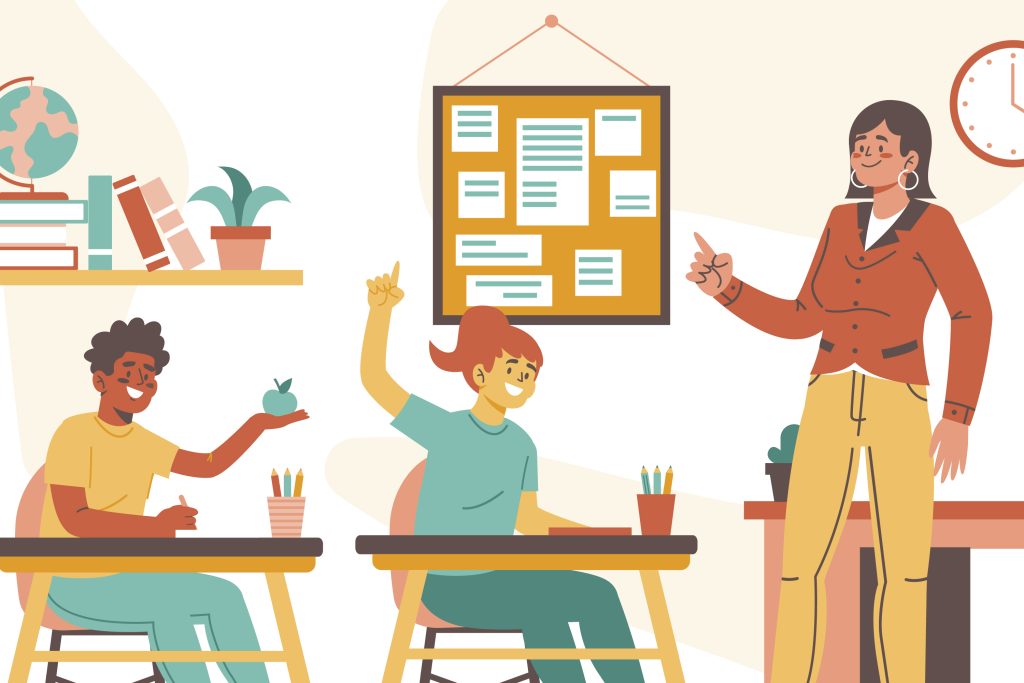Find a Pathways Project Activity
Let’s Explore the Pathways Project Activities
I can find, save, and use a Pathways Project activity for my classroom.
In this first section, you’ll discover how to retain and reuse Pathways Project activities. Before we get into searching for activities, let’s take a look at how the activities are formatted.

How are Pathways Project Activities Formatted?
To begin, listen to the explanation from Kelly Arispe below, then click on the + icons in the graphic to learn more:
1. We begin by introducing the NCSSFL-ACTFL Can-Do Statements for the activity and complete a Warm Up. This helps students to prepare for the main activity, boost confidence and transition into the target language.
2. Next, we move on to a Main Activity. Time for a linguistic workout! The main activity is focused around tasks (i.e. the provided Can-Do Statements) and challenges students to use and apply what they are learning in class in a spontaneous manner.
3. Finally, we move on to a Cool Down and final review of the NCSSFL-ACTFL Can-Do Statements. The purpose of these final two activities is to help students to self-evaluate their progress on each of the can-do statements and to boost confidence, hopefully ending on a happy note! (In other words, we hope to help students forget about how hard they just worked! 😊)
What’s Included in an Activity?
In the following graphic, Amber Hoye provides a description of the key components featured in each Pathways Project activity. We’ve also created a text version of the descriptions.
Performance-Based Activities

All of the Pathways Project activities are performance-based. To learn more, listen to this explanation from Kelly Arispe and then review the description from the ACTFL Performance Descriptors:
Performance-Based Activities:
- Take place in the classroom (a controlled environment)
- Target a specific performance range, while encouraging learners to start using strategies at the next level
- Center around practice, practice, practice. Tasks incorporate language functions and vocabulary that learners have practiced or rehearsed
- have higher expectations compared to how learners might perform in a non-instructional setting
- consider students to be performing if they demonstrate the features of the four domains of a given range, given the context and content area that has been learned and practiced
The right to make, own, and control copies of the content.
The right to use the content in a wide range of ways (e.g., in a class, in a study group, on a website, in a video).
Every Pathways Project activity contains 2-3 NCSSFL-ACTFL Can-Do Statements. Think of these Can-Do Statements as student friendly learning objectives. We start all activities off with these Can-Dos and we re-visit them at the end so students can self-evaluate how they did.

